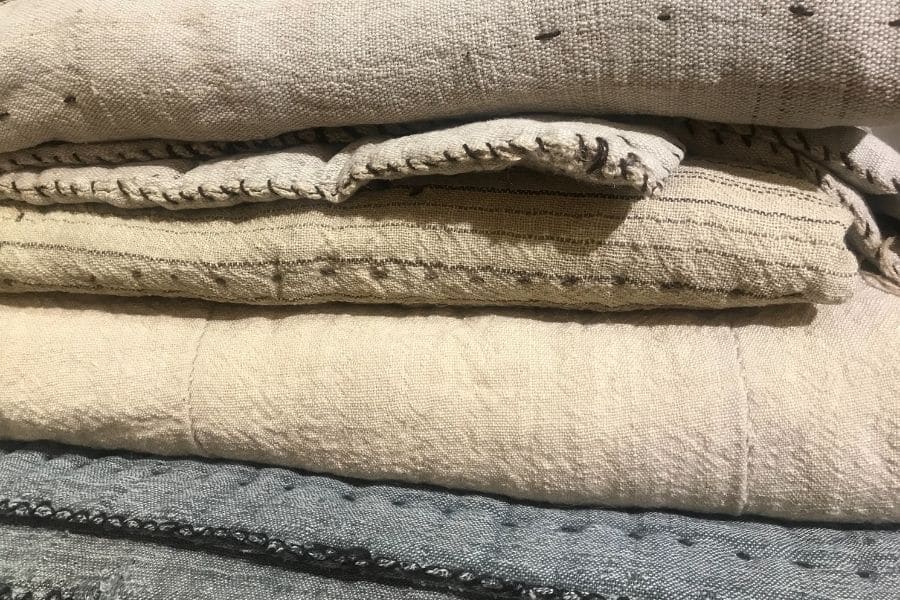Best Merino Wool Base Layer Guide
Wiki Article
Why Are Yak Merino Wool Base Layers So Effective For Winter Sports Clothing In Terms Of Temperature/Warmth Regulation? Moisture Management. Comfort. Durability.
Base layers made of Yak merino are perfect for winter sportswear because of their combination of features that improve warmth, temperature regulation and the comfort.
Insulating Properties Merino and yak wool are naturally insulate. Yak, thanks to its hollow filaments suffocates the air, which provides exceptional warmth. Merino wool is also famous for its insulation.
regulates body temperature - The combined fabric regulates the body's temperature by trapping heat when it is cold, while allowing air flow through so that you don't get too hot during intense activity.
Moisture Management-
Merino is a moisture-wicking yarn. The properties of Merino remove moisture and disperse moisture which stops sweat accumulation. Yak wool similarly helps transfer moisture, keeping the wearer comfortable and dry during vigorous physical exercise.
Comfort-
Softness Merino wool is renowned for its fine, soft fibers that are gentle on the skin and less likely to cause irritation. Yak wool also has a soft fiber which improves the comfort.
Odor Resistance- Both kinds of wool have antimicrobial properties that reduce the growth of bacteria responsible for odor and also keeping the clothes fresh.
Durability-
Strength and Resilience- Yak wool is inherently robust, and when paired with the resilience of Merino wool, the material becomes strong and pliable to wear and tear which makes it ideal for intense activities.
Natural Fiber Benefits-
Renewability - Yak and merino wool are biodegradable, renewable fibers, making them environmentally sustainable options.
These wools can be used to deal with a range of conditions of the weather.
Combining yak wool and merino makes it possible for a garment to be made that is sturdy and warm and also regulates the temperature and regulating moisture. This is what makes yak and merino wool base layers perfect for winter sportswear. They are specifically designed to withstand the demands of outdoor activity in cold climates while also keeping the wearer dry and warm. Follow the recommended merino wool base layer advice for blog advice including ice breaker thermals, wool undershirts, wool underlayer, ll bean merino wool base layer, men's wool leggings, wool long underwear mens, merino wool base layer hunting, smartwool base layer sale, smartwool mid layer, merino 250 base layer and more.

What Are The Advantages Of Wearing Bamboo Clothes As Outdoor Clothing For Warmth, Comfort And Sustainable?
Sustainable, comfort and security are three of the many advantages that bamboo clothing provides for winter outdoor clothing.
Bamboo fabric is known to be smooth and soft. It's gentle to the skin. The luxurious feeling of bamboo fabric is frequently compared with silk or cashmere.
Bamboo fibers are wicking moisture that is to say they pull moisture away from your skin, keeping you comfortable and dry.
Thermal Regulation- Bamboo clothing has natural temperature-regulating properties, providing warmth in winter while remaining breathable to prevent overheating.
Sustainability-
Bamboo is a very renewable resource. It grows rapidly without chemical fertilisers or pesticides. Bamboo is able to regenerate very quickly which makes it a green fabric for clothing.
Low Environmental Impact Bamboo farming consumes less water and is more efficient. Bamboo also does not deplete soil's nutrients. Bamboo is also able to absorb more carbon dioxide and release more oxygen to the atmosphere when compared to other species.
Protection for Outdoor Wear-
UV Protection Bamboo fabric with its inherent UV-resistant properties provides a natural shield against harmful UV-rays.
Bamboo has an antimicrobial natural substance called "bambookun" that blocks the expansion and growth of odor-causing bacteria. It helps keep clothing fresher, particularly when you are outdoors.
The Other Benefits
Durability Bamboo fibers can be tough and durable and are suitable for outdoor wear that could be subject to a rigorous use.
Biodegradability Bamboo clothing is biodegradable. It will degrade naturally at the conclusion of its life cycle, thus reducing its environmental impact.
Bamboo fabric is a fantastic option for outdoor winter clothes. It provides comfort, thermal regulation and moisture management. Have a look at the best bamboo clothing for website recommendations including jacket bamboo, freefly hoodie, bamboo sun hoody, boody ecowear, bamboo yoga pants, bamboo twirl dress, shakuhachi clothes, bamboo clothing leggings, bamboo under wear, bamboo cay shirts christmas and more.

What Are The Distinctions Between Bamboo, Merino And Wool Clothing In Terms Of Texture, Warmth And Absorption?
In comparing merino wool bamboo clothing and traditional wool, we can compare them in terms of warmth, texture and moisture absorption. Texture-
Merino Wool Merino Wool, often referred to as fine-fibered wool is well-known for its more supple texture and soft fibers. It is generally thought of as being more comfortable on the skin.
Clothing is made of Bamboo. The bamboo is a smooth, silky fabric that is often compared to silk and cashmere. It has a soft and delicate texture that provides the wearer with a pleasant experience.
Traditional Wool- The texture can vary. Some types of wool may feel coarser or more likely to cause irritation or itching compared with merino and bamboo clothing.
Warmth-
Merino Wool Merino wool offers excellent warmth because of its insulation properties. It's an excellent insulator in cold weather and can retain warmth even when it is damp.
Bamboo Clothing provides warmth, although it isn't as much insulation as wool. Bamboo clothing regulates body temperature effectively and is comfortable in any conditions.
Traditional Wool: Like merino it provides warmth, insulation, and comfort. It might feel heavier than clothing made of bamboo, merino or other fabrics.
Moisture Absorption-
Merino Wool- Merino wool is known for its exceptional properties for wicking moisture, bringing it away from skin and permitting it to evaporate. It is warm when it is damp.
Bamboo Clothing: Bamboo fabric is a moisture-wicking fabric that allow it to draw away moisture from your skin and provide the comfort you need when exercising. It regulates moisture well, keeping the wearer dry.
Wool - Traditional wool is a natural fiber that has the ability to take in moisture, but it may not be as moisture-wicking like bamboo or merino. Certain kinds of wool be heavy or damp when it is wet.
Merino is considered to be an extremely warm and soft material that has excellent moisture wicking properties. Bamboo clothing provides smooth, silky texture that provides adequate moisture and warmth. The texture of wool is varied and used to provide warmth and moisture absorption as well as an incredibly soft feeling. But it could appear coarser and heavier in comparison with merino clothing or bamboo clothes. Each material is unique and is suited to different requirements. Have a look at the most popular learn more here for bamboo winter clothing for website examples including smartwool quarter zip, wool undershirts, icebreaker merino wool base layer, merino wool long underwear, smartwool base layer, wicked wool base layer, smartwool thermal underwear, 100 merino wool base layer, smartwool long sleeve, minus 33 base layer and more.
